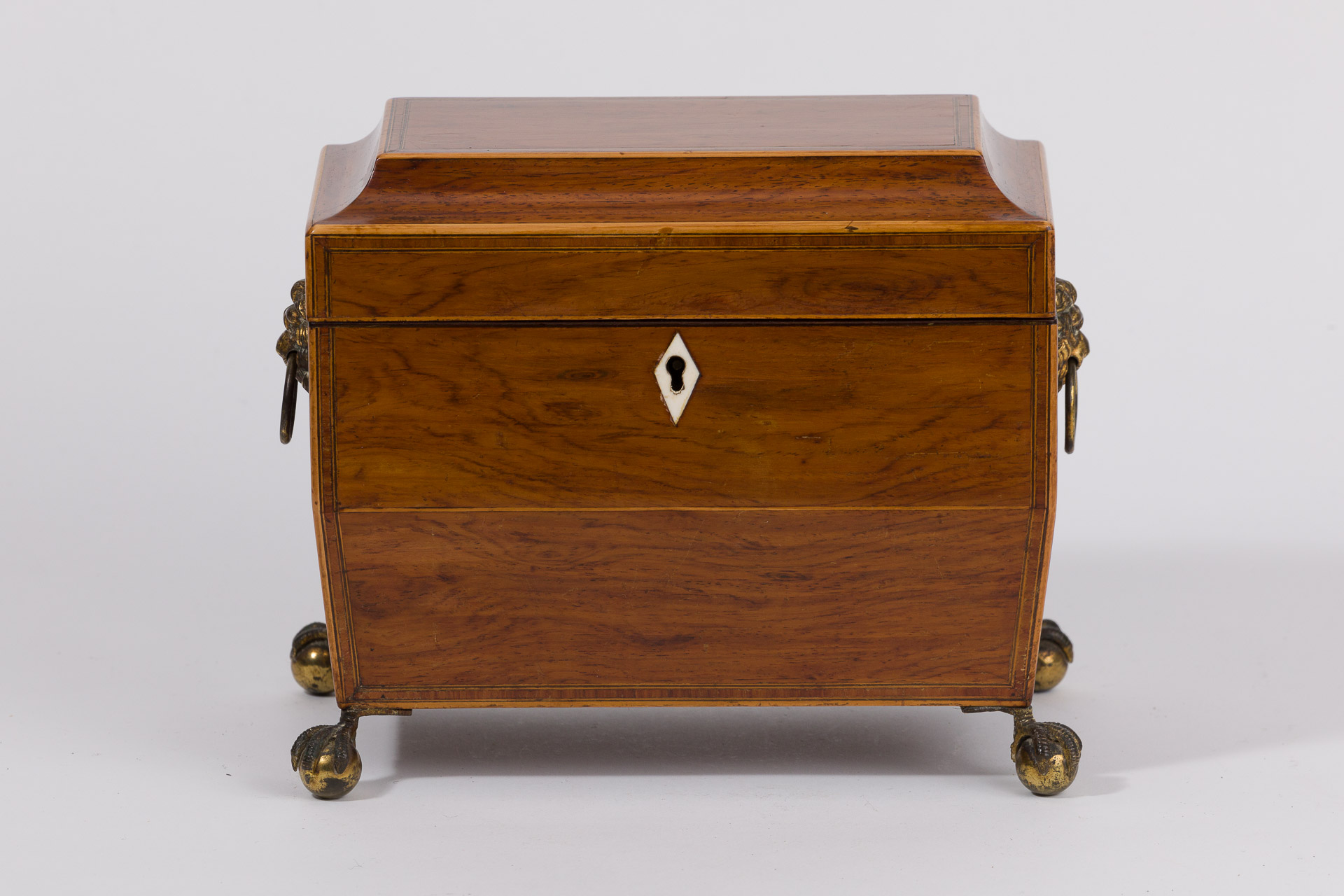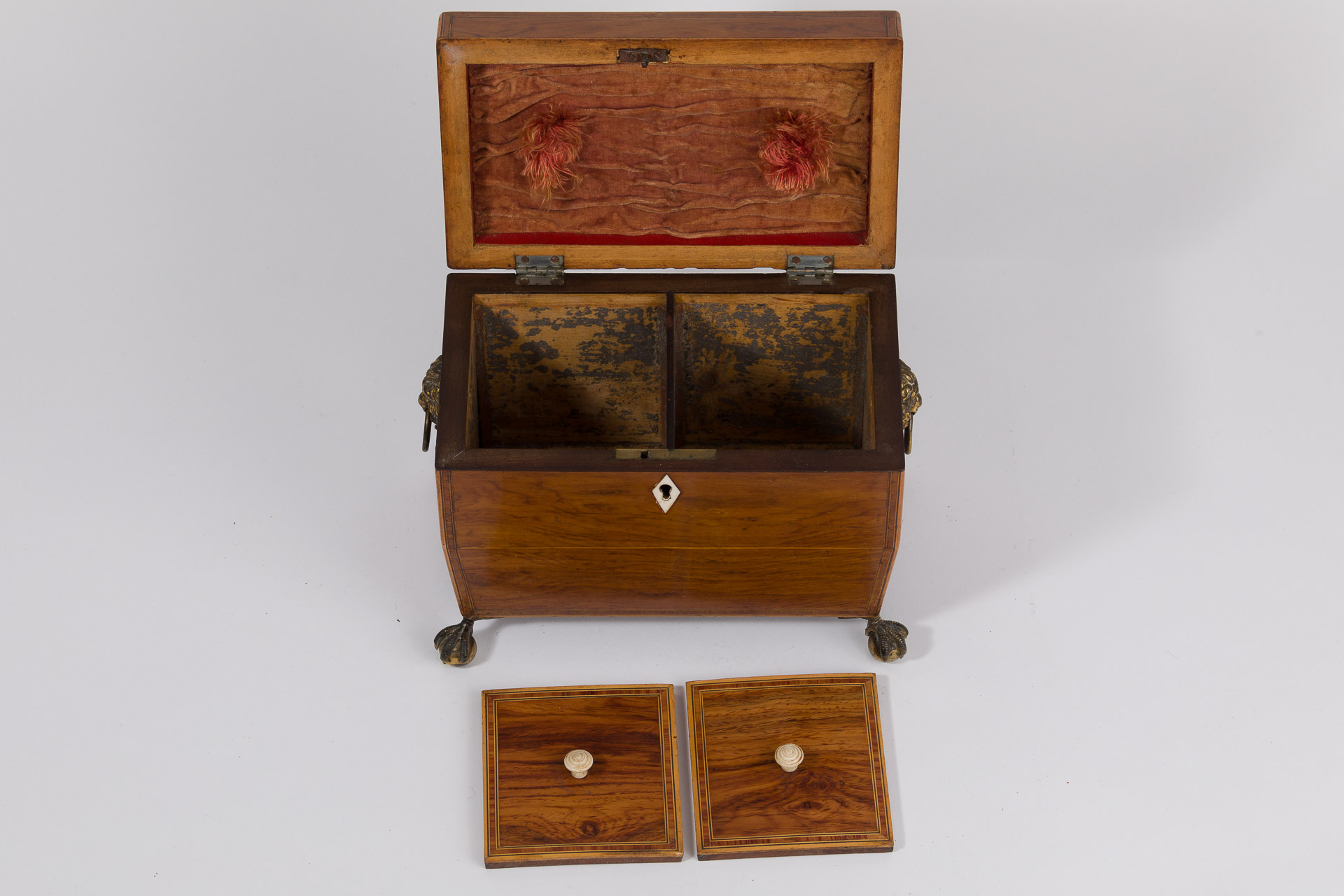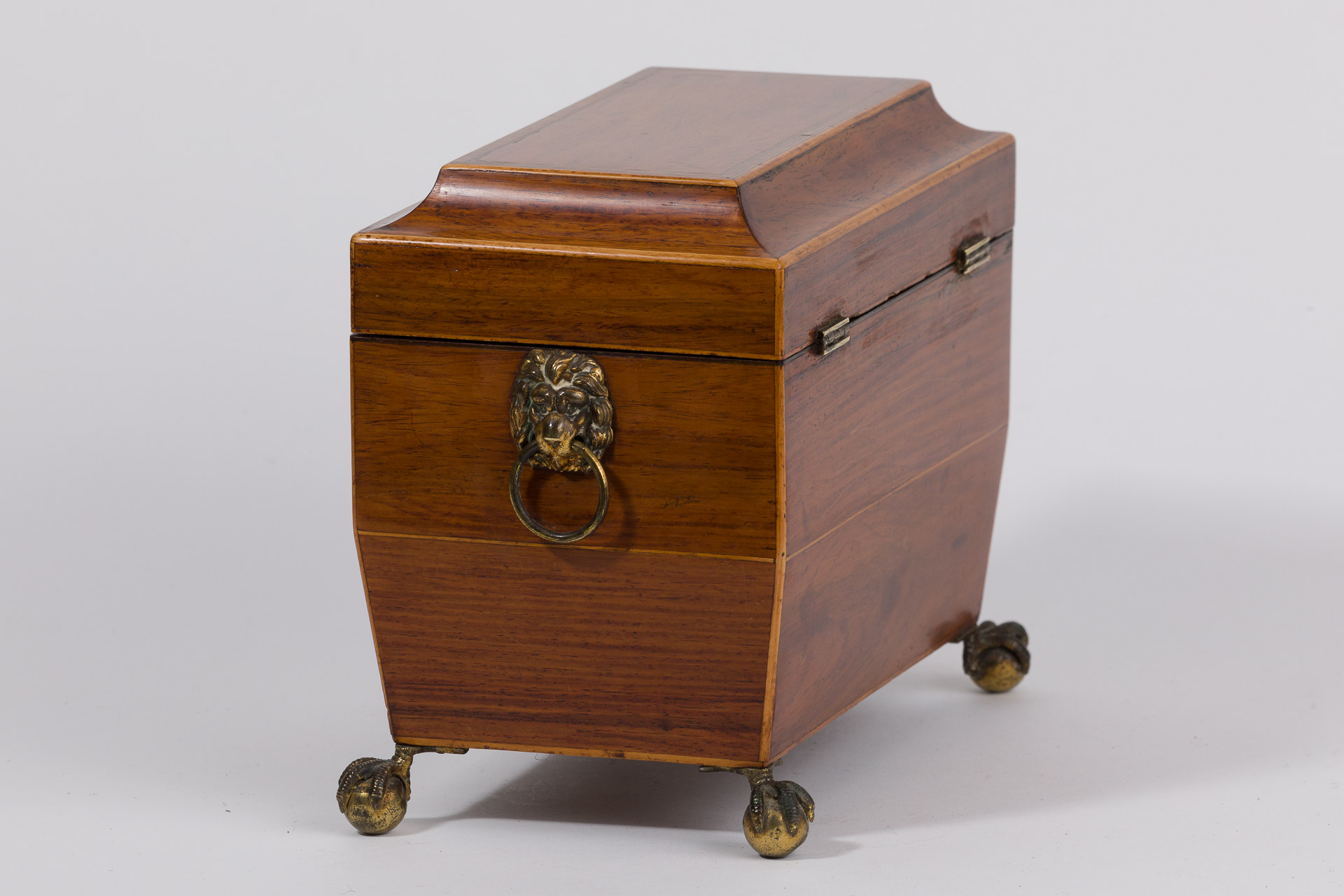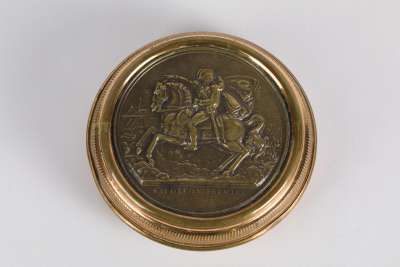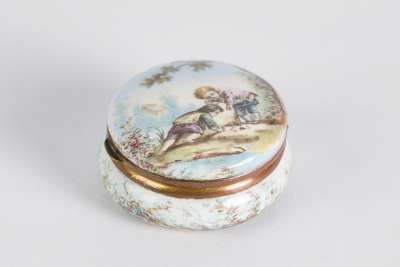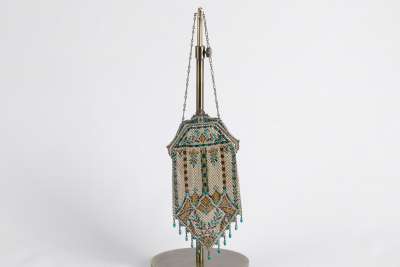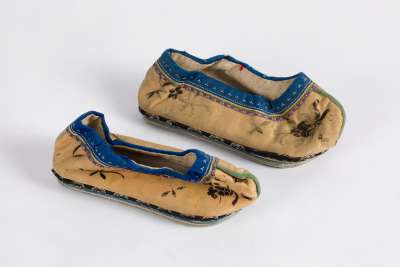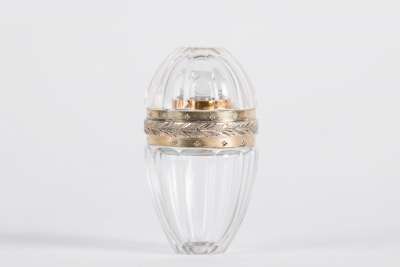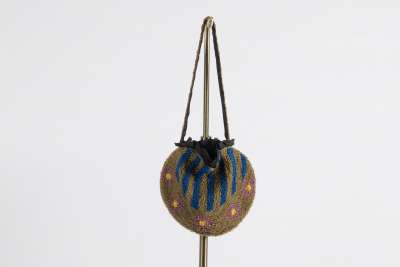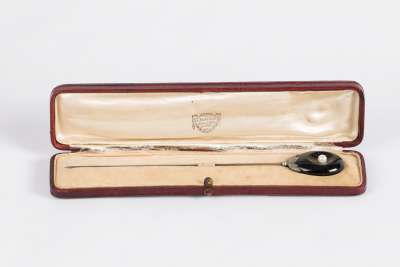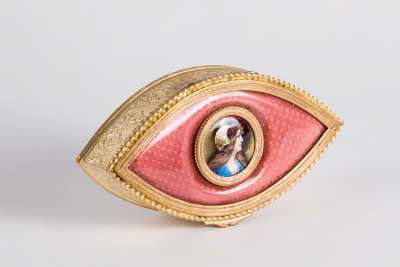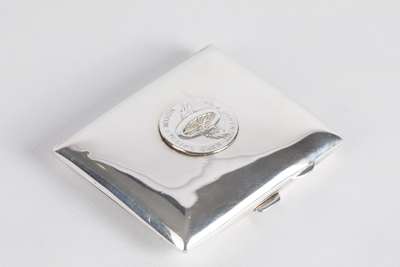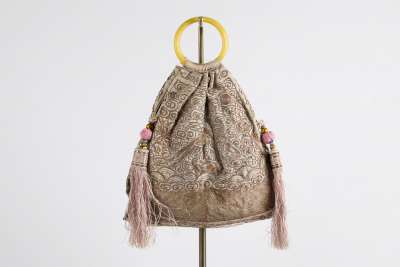The tea caddy presented here is a sarcophagus-shaped masterpiece from circa 1860. Crafted with precision, it features intricate string inlay and an ivory keyhole, indicative of its sophisticated design. Brass lion handles adorn the sides, and the piece is elevated by brass eagle claw and ball feet, adding to its distinguished appearance. Inside, two lidded compartments with ivory pulls provide a glimpse into its functional elegance. This item hails from the esteemed Collection of Dr. Henry Mackellar Michelmore, Sydney, showcasing its rich heritage and esteemed provenance.
Condition Report
This antique tea caddy is in good condition, with wear that is consistent with its age and use. The surface exhibits minor signs of wear, typical of a piece from the mid-19th century. The brass elements, including the eagle claw feet and lion handles, retain their original finish, though they show slight patination, adding character to the piece. The ivory components, such as the keyhole and compartment pulls, remain intact and exhibit the natural ageing process typical of ivory from this period. The interior compartments are well-preserved, demonstrating the durability and craftsmanship of the era.
Dimensions
Weight: 740gm, Length: 20cm, Width: 12cm, Height: 17.5cm.
A Tea Caddy of Distinction
Tea caddies such as this were essential household items during the 19th century, serving both a practical and decorative function. This particular caddy, with its dual compartments, was designed to store loose tea leaves, which were a valuable commodity at the time. The individual compartments allowed for the storage of different varieties of tea, enhancing the tea-drinking experience. The elaborate design served to reflect the owner's status and taste, often being displayed prominently within the home as a symbol of wealth and sophistication.
Victorian Era Craftsmanship
This tea caddy exemplifies Victorian era design principles, with its blend of functionality and ornate detailing. The use of string inlay and ivory components speaks to the period's emphasis on fine craftsmanship and attention to detail. The choice of materials and the intricate design elements reflect the Victorian fascination with opulence and luxury. The brass lion handles and eagle claw feet are characteristic of the symbolic motifs popular during this time, demonstrating the influence of natural and classical imagery in decorative arts.
The Craft of Inlay and Carving
The creation of this tea caddy involved meticulous craftsmanship, particularly in the art of inlay and carving. The string inlay required precise cutting and fitting of fine lines of contrasting material into the surface of the wood, showcasing the artisan's skill. Ivory, a precious material, was carefully carved for the keyhole and pulls, requiring expert handling to achieve the delicate shapes and details. The brass elements, likely hand-cast and finished, further highlight the artisanal quality of the piece, making it a testament to the high standards of 19th-century craftsmanship.
Attributed to a Distinguished Collection
This tea caddy was part of the Collection of Dr. Henry Mackellar Michelmore, a notable figure in Sydney's history. Dr. Michelmore's collection was renowned for its quality and historical significance, reflecting his discerning taste and appreciation for fine antiques. Items from his collection are highly sought after by collectors due to their provenance and the assurance of authenticity and quality they provide. This particular tea caddy, with its documented history, offers a unique opportunity to own a piece of history that has been preserved and cherished over the years.
Collected by Enthusiasts of Victorian Antiques
Victorian antiques, like this tea caddy, attract collectors for their historical significance and the insight they provide into 19th-century life. Collectors value the intricate craftsmanship and the stories these pieces tell about the social and cultural practices of the time. Tea caddies, in particular, are treasured for their dual role as functional objects and decorative art pieces. They are a testament to the era's craftsmanship and are often sought after by those who appreciate the blend of utility and artistry. This tea caddy, with its unique features and provenance, is a prime example of why Victorian antiques remain a popular choice among collectors today.
